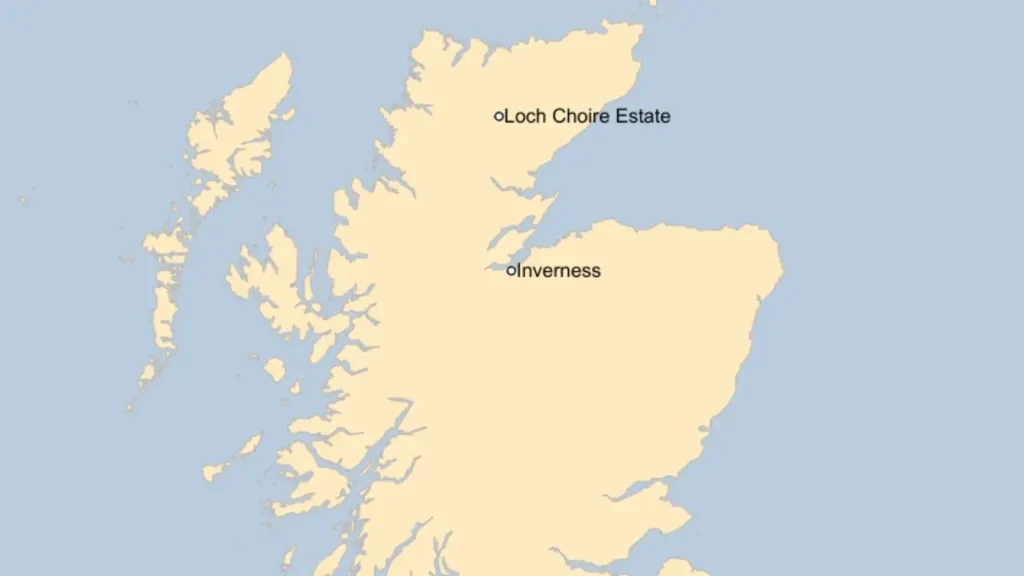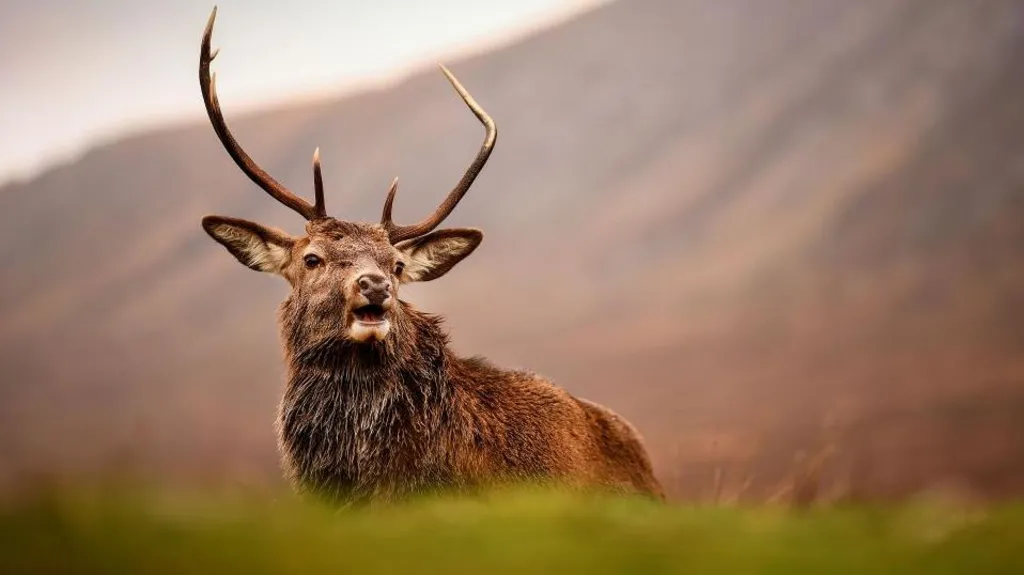For the first time, the Scottish government has invoked a legal power to force the owners of a Highland estate to manage the red deer population on their land by carrying out a cull. The decision comes after concerns that overgrazing by the deer is damaging important mossy peatlands, particularly at four sites of special scientific interest (SSSI) located on Loch Choire Estate in Sutherland.
The compulsory deer management control scheme, approved by Agriculture Minister Jim Fairlie, is a direct result of the estate’s failure to reach a voluntary agreement with NatureScot, Scotland’s nature agency. NatureScot had already culled 160 deer on the estate in 2023 due to the landowners’ inadequate deer management. The agency emphasized that the red deer were processed for venison following this cull, but further action is necessary to protect the sensitive habitats in the area.
The Scottish government aims to reduce the deer density on Loch Choire Estate from 14 to 7.5 deer per square kilometer within the next five years. If the estate’s owners fail to comply with this target, NatureScot may carry out additional culling and seek to recover the associated costs from the estate. The owners, More Works Holdings, based in Shropshire, have 28 days to lodge an appeal against the control scheme. If they fail to act, they could face legal consequences under the Deer (Scotland) Act 1996.

Robbie Kernahan, NatureScot’s director of green economy, emphasized the harmful effects of high deer populations on crucial habitats, including woodlands and peatlands. While the agency prefers voluntary, cooperative efforts in managing deer populations, he stated that it would use its intervention powers when necessary to safeguard Scotland’s natural environments.
The sites at risk include Mallart SSSI, which is dominated by blanket bog—a vital habitat for species like otters, golden eagles, and black-throated divers; and the Skinsdale Peatlands, home to rare bog mosses. Truderscaig SSSI is also nationally important for greenshank birds, while Ben Kilbreck SSSI preserves ancient rock formations dating back over a billion years.
With these habitats under threat, the Scottish government is taking decisive action to ensure their protection and prevent further degradation caused by overgrazing.
